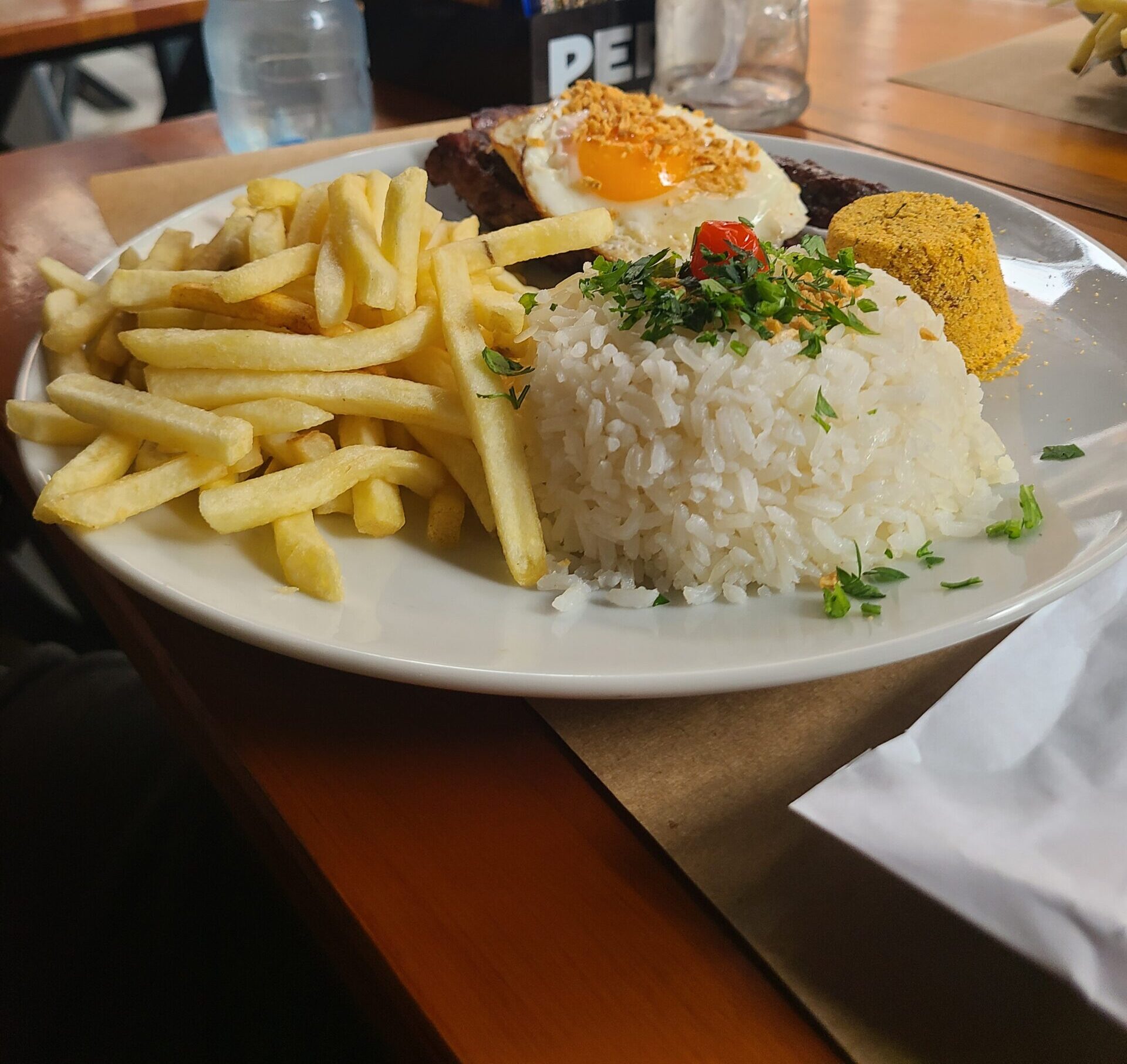Your cart is currently empty!

What is the proper portion of food?
Plate Smarter, Not Bigger: Mastering Portion Control
Portion vs Serving Size
A “portion size” describes the amount of a food or beverage consumed in one eating occasion, for example, one plate of dinner at a potluck. This is different from the “serving size” on the nutrition labels you see in the grocery store. The serving size is the amount of food/drink that is usually eaten/drank and NOT the recommendation on how much to eat or drink in a day. For example, a soup serving size is ½ can, which is the typical serving size that one person eats but it is NOT the nutrition guideline for carbs, protein, fat, and salt. The nutrition label does contain the “daily value or %DV” that shows how much of a nutrient in a serving of food contributes to a total daily diet.
Why portion control matters
Larger portion sizes of energy or calorie-dense foods can lead to over-calorie consumption and gradual weight gain. Picture yourself having a beef taco dinner, each taco is 200 calories. Now let’s say you would normally eat five tacos for a total of 1000 calories. Now picture yourself trying to lose weight by reducing portion size of tacos’ and now you only eat three tacos for 600 calories. If all other factors (height, weight, physical activity) are they same, reducing calories by 400 calories in one meal can be pretty good. Portion sizes can reduce calories for one meal let and all future meals.
Common Portion Distortions
In today’s food environment, portion sizes of food have increased significantly over several years. Food that fills plates, bowls, and cups has been seen as the normal portion size therefore if the plate or bowl is larger, than it is perceived as a normal portion causing us to overeat without realizing it. A great example are restaurants. Many restaurants serve two to three times larger portion sizes than recommended. When you go to an Italian restaurant, picture a pasta dish on a large plate. Now picture yourself eating the pasta to the point where you might be too full but yet continue eating. After you are so full you can’t take another bite you then take the rest of your leftovers home. Or have you been to a restaurant where the entrée seems small? The small entrée might be the actual portion size that you are supposed to eat but we have grown use to seeing larger portions over the years because we want to feel full or even beyond full. We even give positive ratings or reviews of restaurants such as “great food, large portion sizes.”
Snack packaging can lead to eating larger portions such as a large bag of chips vs a personal bag of chips. If you were given a large chip bag in the front of the TV, chances are you would eat more out of the large chip bag than if you were given a personal bag of chips.
What is a proper portion?
A proper portion of a meal is how well your plate is balanced with macronutrients (carbs, fat, protein), micronutrients (vitamins/minerals) and to a more extent anti-inflammatory, anti-oxidant, phytonutrients, prebiotic, and probiotics. When you think of a “proper portion” the best universal tool to use would be the MyPlate Guideline as shown below. It seems awfully cliché but if you’re a visual learner this is the bread and butter of portion sizes. The easy trick to reading this plate is to picture your own dinner plate at home. For example, it’s spaghetti dinner time. When you make your plate of spaghetti, how much spaghetti do you ACTUALLY put on your plate? The image on the left is what a typical serving of pasta looks like. Now, if you were to follow the MyPlate guidelines for your “proper portion” your pasta dinner should look more like the figure on the right.

Best part is you can apply this concept to all meals! The “problem” is not pizza. The problem is eating only pizza for dinner rather than adding fruit and vegetables. Pizza can be seen as more energy dense food therefore eating 3 slices of pizza vs 1 slice with salad and blueberries makes the meal more nutrient dense.

MyPlate portion sizes. You can learn more at MyPlate.gov
Portion Control tips
- When eating out
- Split the meal, box half your meal for later
- Share a meal
- Choose an appetizer as the main course
- Pre-portion snacks into containers instead of eating out of the package
- Use smaller plates, bowls, and cups at meal times
- Eat the nutrient-dense foods (fruits, vegetables) before eating your main entrée
- Fill at least half your plate with vegetables to increase fullness without excess calories
- Slow down when eating, chew your food, savor your food
- Don’t eat while distracted, focus on your meal
- When cooking at home, after serving your plate, put the rest of the meal away before starting to eat
Ready to start your weight loss journey? Click here!
Have any additional questions about portion sizes? Send me an email [email protected]
References
Mohr, A. E., Rios-Leyvraz, M., Bovet, P., Draper, C. E., Forrester, T., Lambert, E. V., … & Breda, J. (2023). Influence of the nutrition and health information presented on food labels on portion size consumed: A systematic review. Public Health Nutrition, 26(5), 1012-1030. https://doi.org/10.1093/nutrit/nuy019
U.S. Department of Agriculture and U.S. Department of Health and Human Services. (2020). Dietary guidelines for Americans, 2020-2025 (9th ed.). Retrieved from https://www.dietaryguidelines.gov